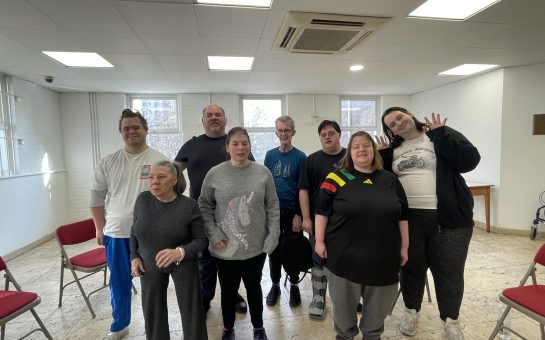The All England Club’s (AELTC) proposal to build a new tennis complex on Wimbledon Park has been met with fierce opposition from SW19 residents.
Last July, the AELTC submitted plans to construct 38 tennis courts, an 8000 seat stadium and over 9km of roads and paths on what is currently a golf course.
Tournament organisers claim the development is vital to maintain The Championship’s position at the pinnacle of professional tennis and to provide year-round benefits to the local community.
Sally Bolton, AELTC Chief Executive said: “This is a once in a lifetime opportunity not only to cement London’s position as a global leader in world class sporting venues, but also to create this extraordinary new public park for our local community, significantly increasing access to green space.”
However, a petition against the proposals has already gathered over 5,500 signatures.
The call to action is being managed by a coalition of grassroot organisations under the umbrella group ‘Save Wimbledon Park’, which includes groups such as Friends of Wimbledon Park, Merton Friends of the Earth, and the Wimbledon Park Residents Association.
The campaign has gained cross-party support from the MPs Fleur Anderson and Stephen Hammond whose constituencies both cover Wimbledon Park.
Environmental Concerns
Environmental concerns top the list of objections against the new tennis complex.
The land in question is part of Grade II* Registered Park and Garden and is designated as Metropolitan Open Land which affords the same protections as the Metropolitan Green Belt.
Fleur Anderson MP for Putney, Roehampton and Southfields said: “This is just the wrong development on our precious green spaces.
“We are in a climate emergency so in this context what we should be doing is opening up and returning our green spaces to public use.
“Instead, this plan is allowing them to be built on.”
The AELTC have said that the development will increase the biodiversity of the site and 1,500 new trees are to be planted.
However, Save Wimbledon Park argue that the felling of 300 mature trees to allow for development will have an unacceptable environmental impact and will also threaten protected habitats.
Gabriel Partos, co-ordinator of Merton Friends of the Earth explained that his organisation joined the Save Wimbledon Park campaign as it is committed to making sure that biodiversity is not diminished.
He argued that the building of a large stadium in a green space would be a step backwards rather than a step forwards in achieving this goal.
Dr Dave Dawson, an environmental specialist and former head of the Mayor of London’s environmental group has researched the biodiversity and environmental history of Wimbledon Park.
He said: “This fine landscape is going to be gutted.
“They are going to strip the soils and the planting of trees will only be in the places where they are not in the way of a huge amount of tennis courts.
“If you cut down an old tree, it takes years for the newly planted trees to replace that lost carbon.
“Therefore, the AELTC are trying to hide the fact that far from benefitting the trees and the landscape they are decimating it.”
Public Access
The part of Wimbledon Park being debated is currently a private golf course, but membership is open to Merton residents.
The AELTC claim that if the project goes ahead, this part of Wimbledon Park will become one of the largest areas of private land in London opened up for public use.
However, the Save Wimbledon Park campaign are concerned about the rights the public will have.
Christopher Coombes, a retired lawyer and member of The Wimbledon Society and Wimbledon Park Residents’ Association said: “They are not dedicating the public area to the public.
“The public access will be permissive so it’s only when they feel like it. We think this is the slippery slope to the whole of this area being built on.”
Public access will be restricted during the Wimbledon fortnight in the summer and also for the qualifying rounds.
History of the Park
The AELTC bought the land in question from Merton Council in 1993 for £5.2 million.
However, the sale came with a restrictive covenant ‘not to use it except for leisure or recreational purposes or as an open space and not to build on it’.
The covenants do not prevent all development, but any building must be suitable for the type of property.
Save Wimbledon Park insist that the new planning proposal is a breach of the 1993 covenant and that the AELTC has gone back on their promise not to develop the land.
Iain Simpson, chairman of the Wimbledon Park Residents Association said: “We thought the protections on the land were very strong and would hold up in the future.
“The plans they are proposing now are way over the top for the land. We consider it an industrial scale tennis complex.”

Moving Forward?
The Save Wimbledon Park campaign have maintained that they are not anti-tennis nor anti the Wimbledon Championships.
Simpson said: “Most people love Wimbledon and think it’s a very well organised tournament however they have just taken it a step too far here.
“Wimbledon say they need this development to be at the pinnacle of tennis but I think most people would agree that they are already three and not likely to lose this in the future.
“They are the only major grass court in the world.”
Merton and Wandsworth councils are due to reach a decision on the AELTC’s proposals this month.
Featured Image Credit: Jonathan Morrish





